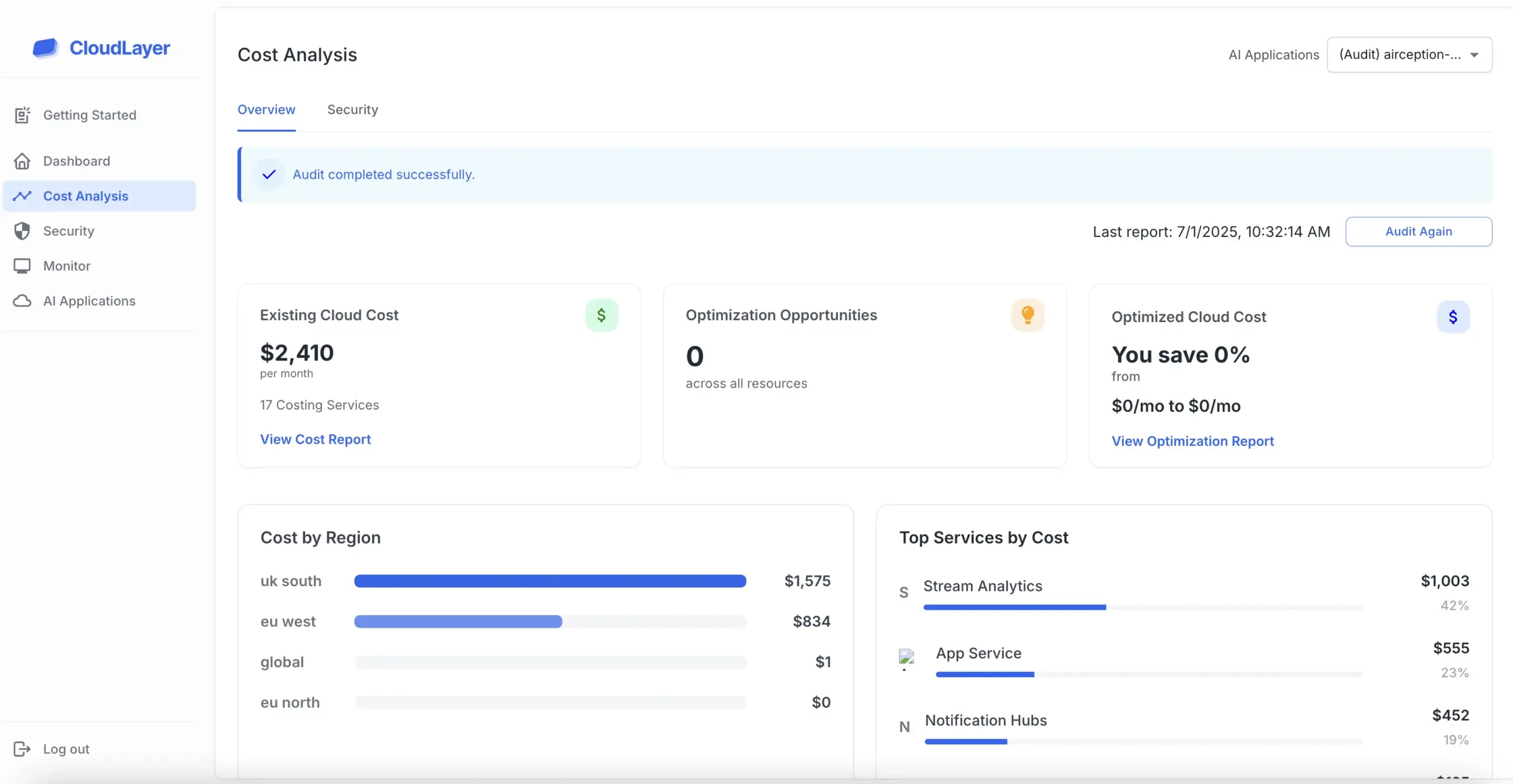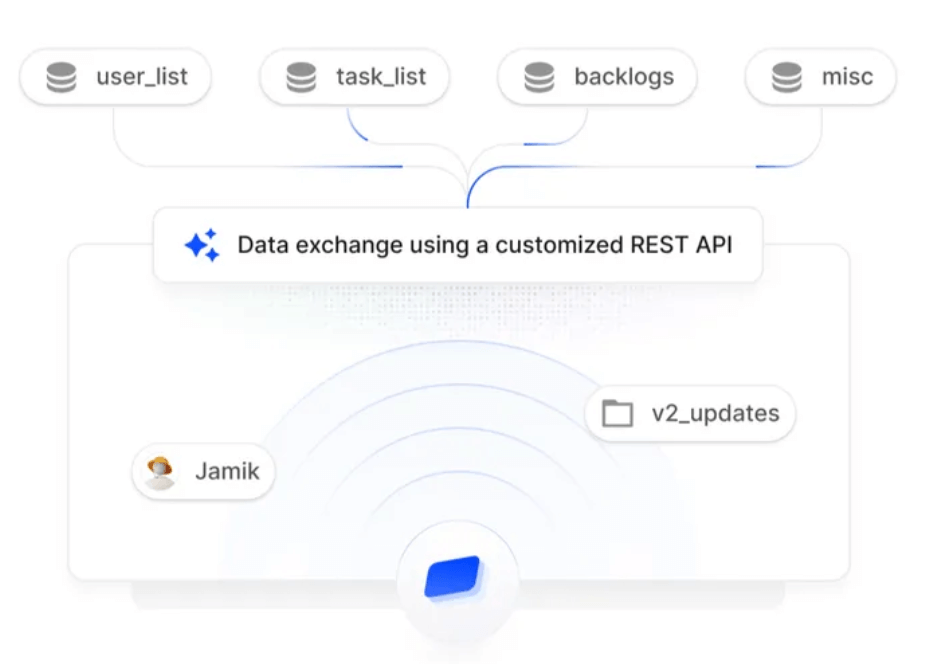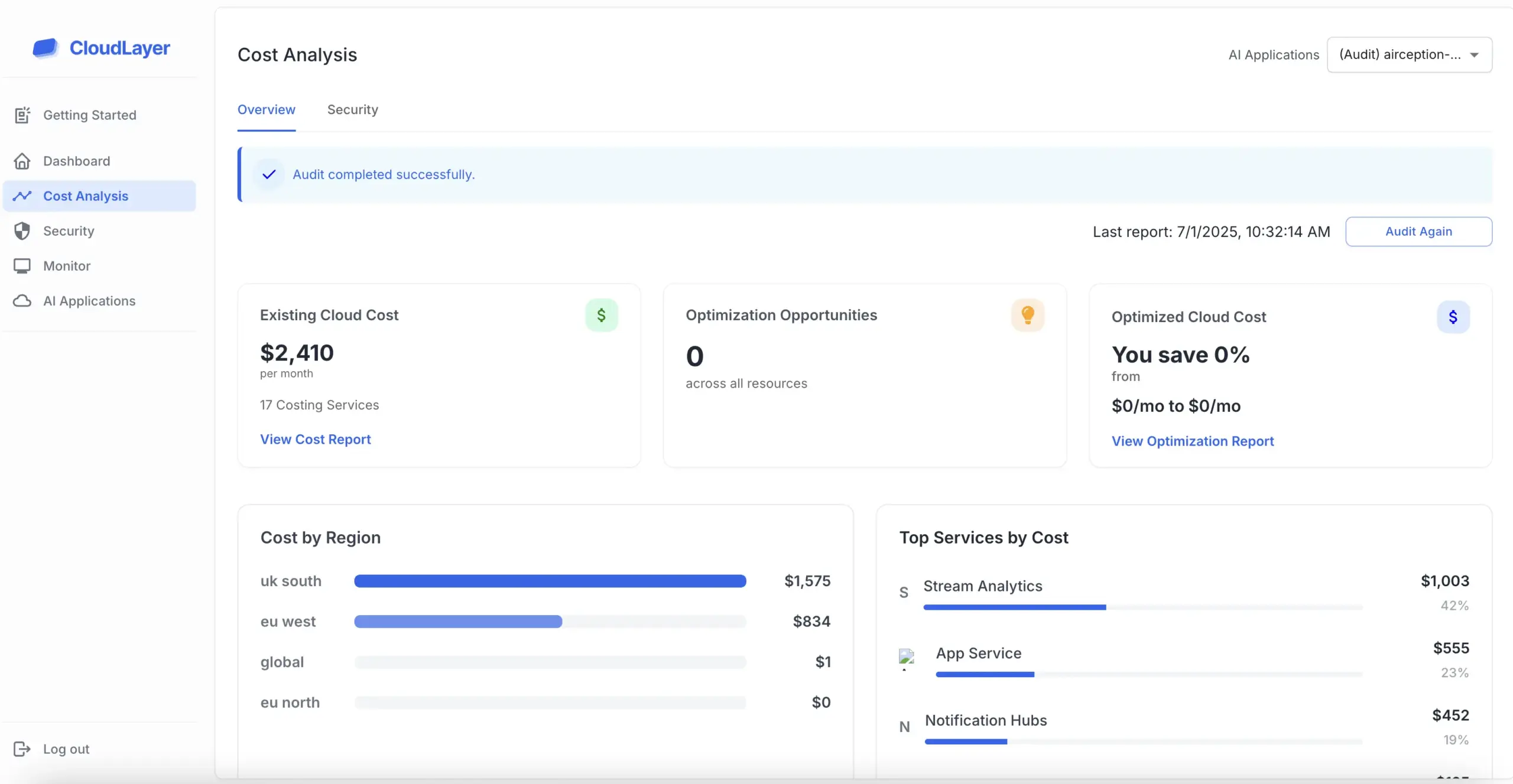

A GPU benchmark measures a graphics card’s performance through various tests. These tests can include synthetic benchmarks, which use algorithms to simulate different workloads, and real-world benchmarks, which assess performance based on actual gameplay or graphical rendering. The results provide a score that helps users gauge the performance relative to other GPUs.

Understanding GPU benchmarks is crucial for several reasons. First, they allow consumers to compare different models in a standardized way. This makes it easier to identify which GPU will best meet your specific needs, whether for gaming, video editing, or 3D modeling. Additionally, benchmarks can reveal performance bottlenecks, helping users optimize their systems for better overall efficiency.

Several key metrics are commonly reported in GPU benchmarks. These include frame rate (FPS), which indicates how many images the GPU can render per second, and rendering times, which measure how quickly a GPU can process complex graphics. Additionally, metrics such as power consumption and thermal performance can provide insights into a GPU’s efficiency and longevity.

When selecting a GPU, it’s important to interpret benchmark results within the context of your specific use case. A high-performance GPU may excel in gaming but might not be the best for video editing tasks. Therefore, consider what applications you will use most and look for benchmarks that reflect performance in those areas.

